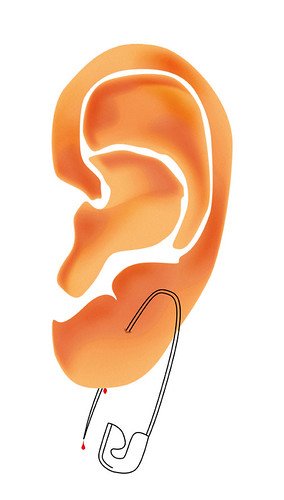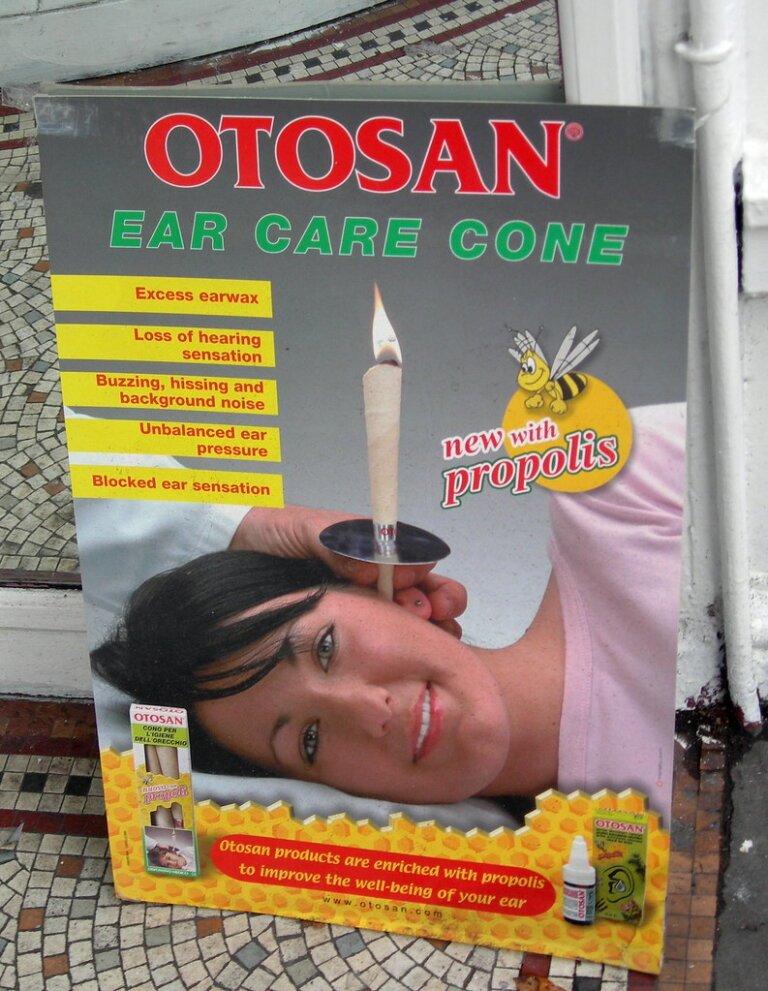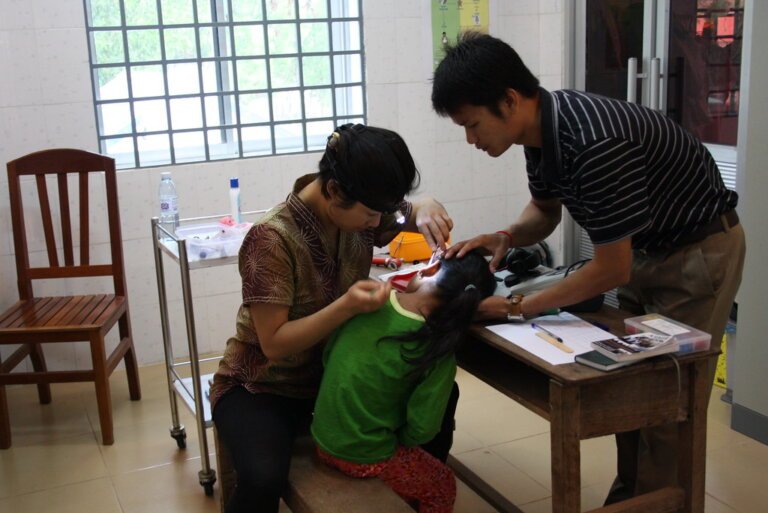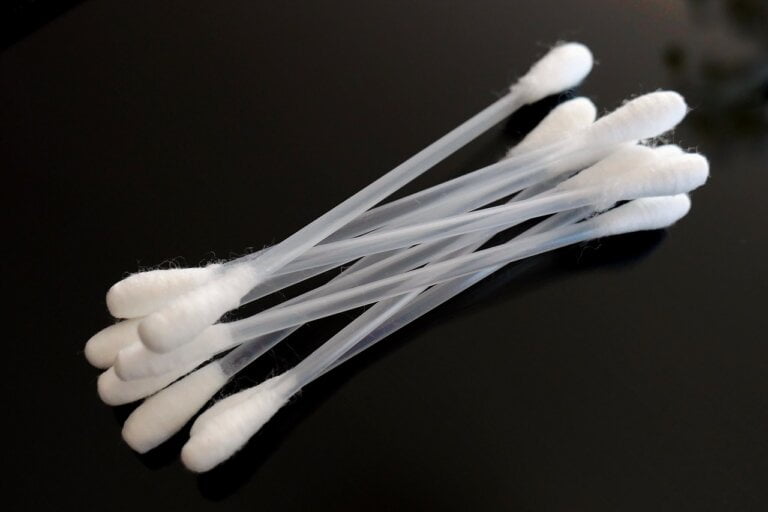Evolution of Expertise: Advances in Microsuction Technique
Introduction
In the field of ear care and audiology, the technique of microsuction has advanced significantly over the years, revolutionising the way earwax and debris are safely removed from the ear canal. This article will explore this evolution, highlighting the advancements that have been made and their benefits in improving patient care and outcomes.
Microsuction is a minimally invasive procedure that involves the removal of earwax and foreign materials from the ear canal using a suction device under magnification. This technique allows for precise and controlled removal, ensuring a thorough cleaning of the ear with minimal discomfort to the patient.
Understanding Microsuction
Microsuction is a highly effective and safe method for removing earwax and debris from the ear canal. The procedure involves the use of a specialised suction device along side a binocular microscope or magnifying loupe. This advanced technology provides the clinician with a clear and magnified view of the ear canal, allowing for precise navigation and removal of earwax.
One of the key advantages of microsuction is its minimally invasive nature. Unlike other traditional methods such as ear syringing or irrigation, microsuction does not involve the use of water or the need for flushing the ear canal. By not entering water into the ear canal, microsuction reduces the chances of complications such as infection or eardrum damage.
Furthermore, microsuction offers enhanced safety compared to traditional methods. The use of magnification and illumination devices allows clinicians to visualise the ear canal in detail, ensuring more precise and effective removal of earwax and debris. This advanced visibility helps to avoid accidental damage to the delicate structures within the ear, providing a safer and more comfortable experience for the patient.
Early Techniques and Limitations
Before the introduction of microsuction, traditional methods such as ear syringing or irrigation were commonly employed to remove earwax. However, these techniques had their limitations and potential risks. Ear syringing with an old fashioned metal syringe, involved flushing the ear canal with water which could sometimes lead to complications such as eardrum perforation or damage to the delicate structures within the ear.
Irrigation, on the other hand, was not always effective in completely removing stubborn or impacted earwax. Irrigation uses an electronic ear irrigator with a specialised tip to apply a pressurised flow of warm water to the ear canal. The force of the water stream used in irrigation may not be sufficient to dislodge and remove hardened earwax, leading to incomplete clearance and potential discomfort for the patient.
Additionally, traditional methods often lacked the precision and control that microsuction offers. Without the aid of magnification and illumination devices, clinicians had limited visibility and were more prone to accidental damage or incomplete removal of earwax. This could result in the need for multiple treatment sessions or the use of additional interventions to achieve satisfactory outcomes. At Hearing First, we never syringe or irrigate.
Introduction of Microsuction
The introduction of microsuction brought about a significant shift in earwax removal procedures. This technique utilises a specially designed suction device, typically equipped with a binocular microscope or magnifying loupe, allowing the clinician to visualise and navigate the ear canal with precision. This enhanced visibility enables the clinician to safely remove earwax and other debris without the need for flushing or irrigation.
Microsuction offers a safer and more effective alternative to traditional methods. The suction device used in microsuction is designed to be gentle, yet powerful enough to remove even the most stubborn and impacted earwax. The clinician can control the suction power, ensuring optimal clearance while minimizing the risk of discomfort or damage to the ear canal.
Another advantage of microsuction is its suitability for patients of all ages. From young children to older adults, microsuction is a safe and effective method for earwax removal. The expertise gained in microsuction technique allows clinicians to adapt the procedure according to the specific needs and comfort of each patient, ensuring a positive experience for all.
Advantages of Microsuction Technique
The evolution of expertise in microsuction technique has led to several notable advantages in comparison to traditional methods. Some of these advantages include:
- Enhanced Safety: Microsuction technique eliminates the risk of water entering the ear, reducing the chances of complications such as infection or eardrum damage. The controlled and precise nature of microsuction also minimizes the risk of accidental injury to the delicate structures within the ear.
- Improved Precision: The use of magnification and illumination devices in microsuction enables clinicians to visualise the ear canal in detail, ensuring more precise and effective removal of earwax and debris. This advanced visibility allows for targeted removal, reducing the likelihood of incomplete clearance and the need for additional interventions.
- Greater Comfort: Microsuction is generally considered a more comfortable procedure for patients, as it avoids the sensation of water flushing or pressure experienced during traditional techniques. The gentle suction used in microsuction minimises discomfort, making it a preferred option for individuals who may have sensitive ears or anxiety related to ear procedures.
- Suitable for All Ages: Microsuction is a safe and effective method for earwax removal in patients of all ages, including young children and older adults. The adaptability of microsuction allows clinicians to customize the procedure according to the unique needs and comfort of each patient, ensuring a positive and tailored experience.
- Quicker Procedure: The expertise gained in microsuction technique allows clinicians to perform the procedure efficiently and effectively, resulting in shorter appointment times for patients. The precise and controlled nature of microsuction reduces the need for prolonged treatment sessions, allowing for quicker clearance and improved patient satisfaction.
Technological Advancements
The evolution of the microsuction technique has been accompanied by advancements in technology, further improving the precision and effectiveness of the procedure. Some of the notable technological advancements include:
- Microscopic Optics: High-quality binocular microscopes or magnifying loupes offer clinicians an enhanced view of the ear canal, enabling them to identify and remove even the smallest particles or impactions. The magnification provided by these optics allows for meticulous examination and targeted removal, ensuring thorough clearance.
- Flexible Suction Devices: The development of flexible suction devices allows for easier manoeuvrability within the ear canal, ensuring optimal access to hard-to-reach areas and improving overall effectiveness. The flexibility of these devices enables clinicians to navigate through the curves and bends of the ear canal, reaching areas that were previously challenging to access.
- Variable Suction Power: Modern microsuction devices offer adjustable suction power, allowing clinicians to customise the procedure according to the specific needs and comfort of each patient. The ability to control the suction power ensures optimal clearance while minimising discomfort, providing a tailored and patient-centred approach.
- Improved Lighting Systems: Advanced lighting systems, such as bright LED lights, provide optimal illumination of the ear canal, enabling clear visualization and accurate removal of debris. The enhanced lighting helps clinicians identify and target earwax and debris, ensuring thorough clearance and minimising the risk of incomplete removal.
Training and Expertise
The evolution of expertise in the microsuction technique has been closely tied to the development of specialised training programs for clinicians. These programs focus on teaching the proper use of equipment, ear anatomy, and the identification and management of various ear conditions. Through theoretical education, practical demonstrations, and supervised practice, clinicians learn the intricacies of the procedure and gain confidence in their abilities. Continuous professional development ensures that clinicians stay up-to-date with the latest advancements in the microsuction technique, enabling them to provide the best possible care to their patients. At Hearing First, our clinics are Audiologist led, meaning you can be confident in the skills of the clinician you see.
Conclusion
The evolution of expertise in the microsuction technique has transformed the field of ear care, offering safer, more precise, and comfortable methods for earwax removal. The introduction of advanced technology and specialized training programs has further enhanced the effectiveness of this technique, benefiting both clinicians and patients. As the field continues to advance, it is expected that microsuction will remain a vital component of ear care, constantly improving patient outcomes and satisfaction.






